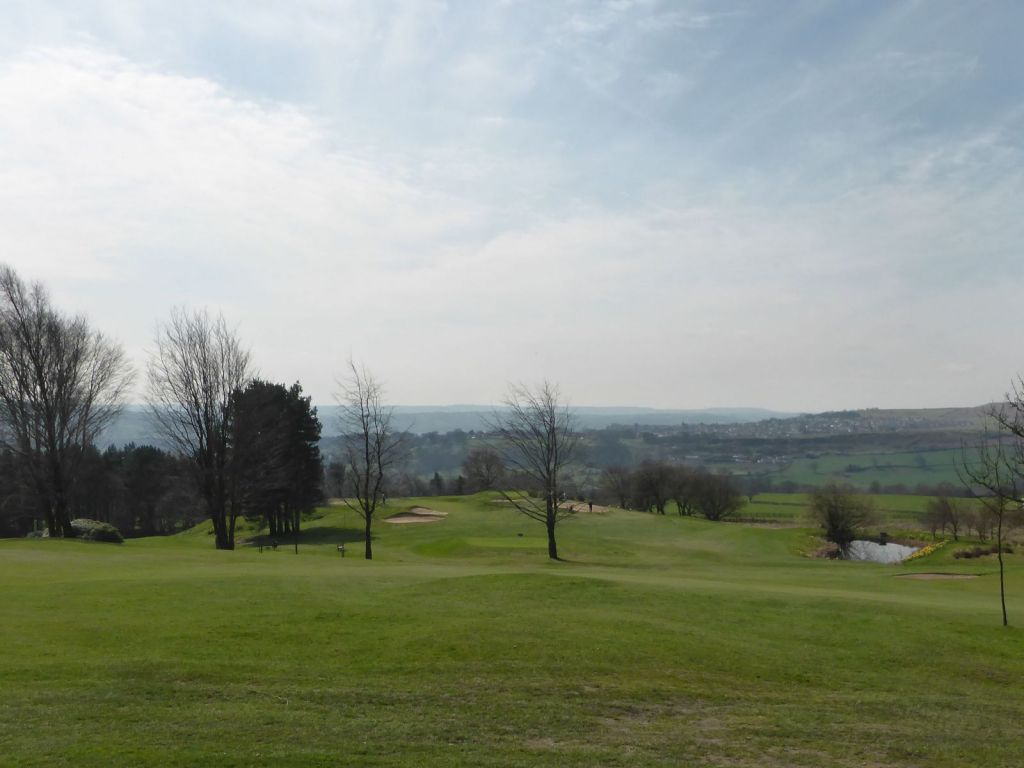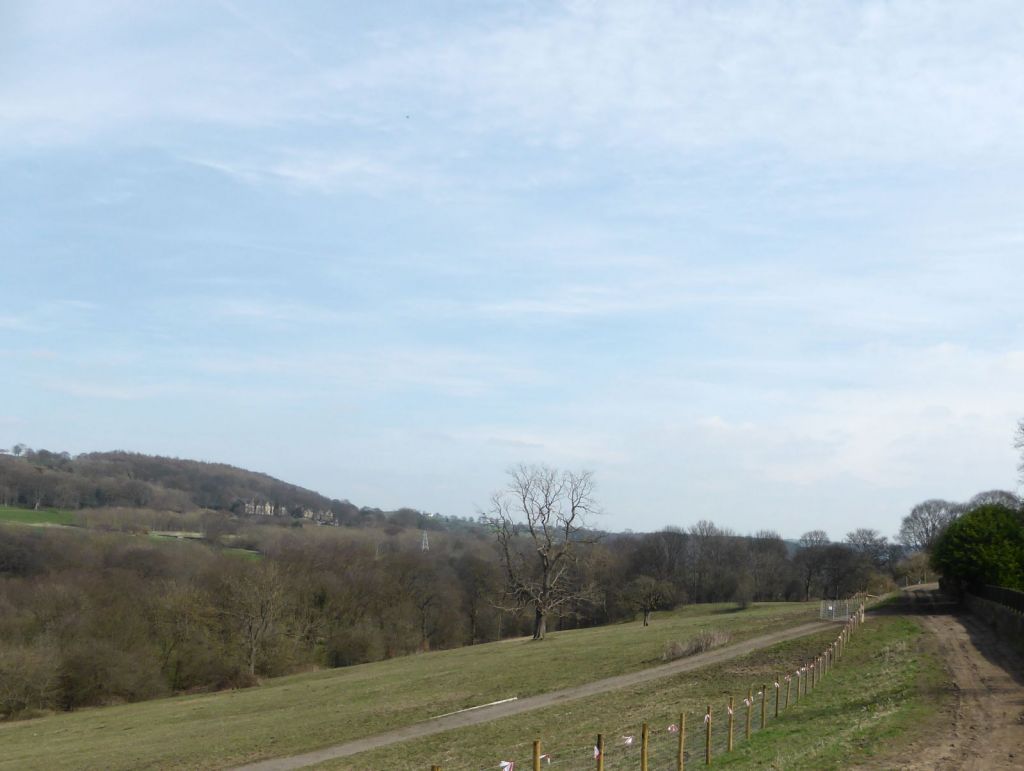What is the Purpose of Green Belt?
The basic aim of Green Belt policy is to prevent urban sprawl across the countryside, retaining its ‘openness’ and landscape character.

Where Are the Green Belts in the UK?
North West – Liverpool, Manchester, Morecambe
South and West Yorkshire
London Metropolitan
These make up 12.4% of England’s land area.
Can You Build in Green Belt?
It is perfectly possible to build in Green Belt but there are strict rules dictated by Central Government and Local Planning Authorities.
Can I Extend My House in Green Belt?
Yes, you can. The National Planning Policy Framework which covers the national planning policy for England states that “the extension or alteration will be allowable, provided that it does not result in disproportionate additions over and above the size of the original building”. The original building is determined as a building that existed before 1 July 1948 or, if constructed after this date, as it was originally built with no extensions.
If a property has been extended in recent years, this volume will affect the size or possibility of an extension that is possible.
Do I Have Permitted Development Rights in Green Belt?
Yes, you do.
Permitted development rights are just the same in Green Belt as in other, less restricted areas. These rights, however, are removed on what is known as Article 2(3) land which includes National Parks, The Broads, Areas of Outstanding Natural Beauty, World Heritage sites and Conservation Areas.
Always best to check with your Local Planning Authority first.
Can I Build a New Build House in Green Belt?
Yes, you can, but it is not easy, and the restrictions are very tight.
Firstly, it’s important to establish if there are any existing structures on the property.
If there is an existing property you can demolish and create a replacement dwelling roughly on the location of the previous dwelling on the site of similar size and volume. If you intend to increase the volume further, you will need very good arguments to justify that the increased size is classified as ‘very special circumstances’ under planning policy.
If your site is virgin ground in Green Belt, this is the most difficult site to develop within Green Belt. The presumption of planning policy is against development.
Very special circumstances will not exist unless the potential harm to the Green Belt by inappropriateness and any other harm resulting from the proposal is clearly outweighed by other considerations.
In a nutshell, such an application is not for the fainthearted and requires a great deal of work and skill by the Architect. Even then, many Local Authorities are reticent in awarding permission to avoid a rush of similar sensitive applications coming forward.
What are the Tests to Achieving ‘Very Special Circumstances’?
Paragraph 79 of the NPPF document spells out the exemptions for developing an isolated home within the countryside:
79 Planning policies and decisions should avoid the development of isolated homes in the countryside unless one or more of the following circumstances apply:
a) there is an essential need for a rural worker, including those taking majority control of a farm business, to live permanently at or near their place of work in the countryside;
b) the development would represent the optimal viable use of a heritage asset or would be appropriate enabling development to secure the future of heritage assets;
c) the development would re-use redundant or disused buildings and enhance its immediate setting;
d) the development would involve the subdivision of an existing residential dwelling; or
e) the design is of exceptional quality, in that it:
- is truly outstanding or innovative, reflecting the highest standards in architecture, and would help to raise standards of design more generally in rural areas; and
- would significantly enhance its immediate setting and be sensitive to the defining characteristics of the local area.
In reality clause (e) is the benchmark that needs to be achieved for most isolated house applications in Green Belt. As more houses are built, the ability to show these innovations is becoming more and more difficult.
Identifying a piece of outstanding design is very much in the eye of the beholder, so a design review from an independent Design Review Panel (there should be one in your region) is almost essential.

Should I Use an Outline or Full Application?
Due to the complexities of a Green Belt application, Local Planning Authorities require a lot of information in the form of drawings and reports to be able to assess even an outline application. As a result, except for very large, multi-unit schemes, we would recommend making a full application.
Should this be refused, you have the right to appeal within six months of the date of the planning decision. A large percentage of individual new build Green Belt houses are determined by appeal!
How Long Does a Planning Decision Last For?
Normally 3 years.
If you make a ‘meaningful start on site’ which is acknowledged by the Local Authority, the permission will then last in perpetuity.
Is it Worth it?
Most definitely yes, but be aware of the time, cost, and stress that a Green Belt application involves.
If you choose a talented Architect, you will have the potential of getting permission for the house of your dreams. Surely, that must be worth it?
